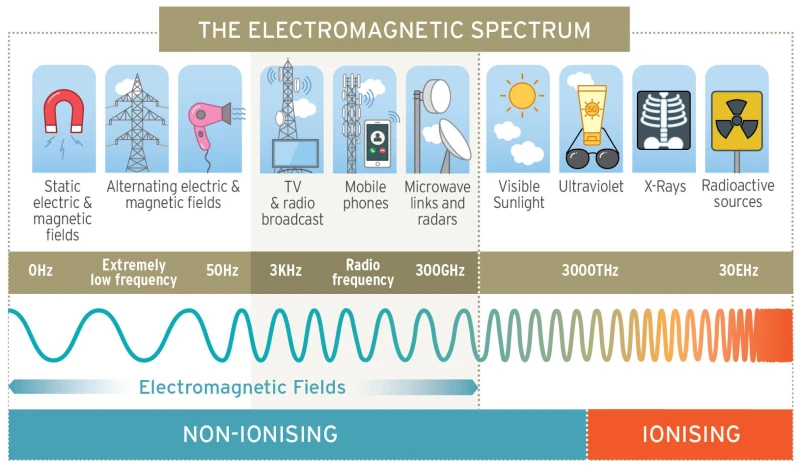Electromagnetic fields (EMF) monitoring programme
Electromagnetic fields (EMF) are essential for modern telecommunications and electricity networks. Our measurements show that the levels of EMF from telecommunications in Ireland are low. They do not pose a risk to the public.
Objectives of the EPA's EMF monitoring programme
Static and ELF EMF Monitoring Programme 2024
Other sources of date about Extremely Low Frequency (ELF) EMF in Ireland
What are the objectives of the EPA's EMF monitoring programme?
The objective of this programme is to support the EPA’s advisory role to Government and the public in relation to public exposure to electromagnetic fields (EMF). The programme aims to assess the typical levels of EMF exposure found in everyday environments and situations in public spaces in Ireland.
Our programme initially focussed on measuring radiofrequency (RF) EMF, typically emitted by telecommunication equipment such as mobile phone and broadcasting antennae placed on masts and towers. The results of the RF EMF monitoring programme carried out between 2021 and 2022 can be consulted here.
We are currently extending the programme to include static and extremely low-frequency (ELF) EMF, such as those emitted by high-voltage power lines and cables.
